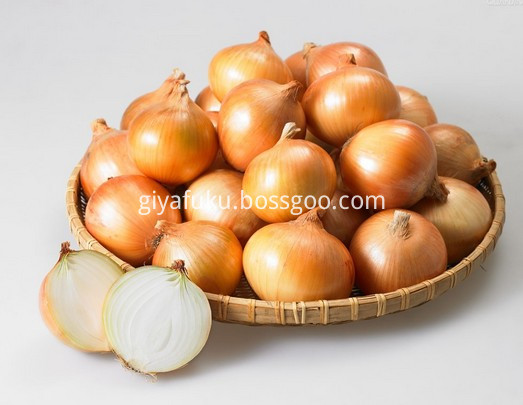In autumn and winter, mulberry trees gradually enter the dormant stage of cyclic growth. The management of mulberry trees in autumn and winter is of great significance for the high quality and high yield of mulberry leaves in the coming spring. 1. Late leaves are the mulberry nutrient storage period in the late fall season. After the autumn silkworm is reared, the tip of the mulberry branches should retain 4-6 leaves, allowing them to grow in order to facilitate the accumulation of photosynthetic products, to enrich the stem nutrients, and to enhance the mulberry trees. The cold-resistant ability of the family lays the foundation for the high yield of mulberry leaves in spring next year. According to the experiment, the mulberry leaves with 5 leaves left in the shoots in late autumn are more than 10% of the mulberry trees with “shaved head†in the spring of next year, and the amount of leaf production increased by more than 20%. The harvested mulberry in autumn must not only retain the leaves at the tip, but also have to pick the leaves to keep the stems and protect the axillary buds. 2. The cutting tip of the mulberry tree at the beginning of the autumn and early autumn period will cut the part of the tip of the mulberry tree, which will not only reduce the damage of pests and diseases, but also increase the germination rate of spring mulberry trees, which will increase the number of growth buds and thus increase the amount of leaf production. Cutting ends should be done in a timely manner. If the mulberry trees are not yet stopped growing, the middle and upper shoots of the shoots will sprout early in the year, consume nutrients, and reduce the number of germinations in the spring of the following year. Cutting too late is less effective. The cutting of mulberry trees in the silkworm area of ​​our province is generally carried out in the middle or late October after the mulberry is finished. The length of cutting should depend on the species and length of the mulberry tree. The varieties with high germination rate in the spring can be lightly cut, and the varieties with low germination rate should be recut. The average length of the lake mulberry is 1.7 meters long, and it can be cut off to one-third. About 1 meter can be cut off by a quarter. 3. Pruning and pruning is to remove the dead punches, dry piles, branches and branches of diseases and insect pests, and weak pendulous branches, so that the tree is neat, the nutrient is concentrated, ventilation is light, and pests and diseases are prevented, and the tree vigor is enhanced. The pruning of mulberry trees in the wintertime results in less loss of sap and ease of healing, which is extremely advantageous for the killing of pathogens that are lurking in dead punches, dry piles, and dead branches. The cuts are collected and burned before the pests are inactive. The fissures or hollows on the trunk are mixed with lime, sand and clay to stuff them with potential pests. 4. Pest control In winter, most pests are lurking in trunks, fallen leaves, and soil and they are dormant in winter. The pathogens also stop breeding. This is a favorable period for prevention and control. 1 Clean mulberry garden, remove worms in winter. The weeds and fallen leaves in and around the mulberry fields are removed and put together for composting or burning to kill the pests on the dead leaves and weeds. Winter plowing can turn up the dormant pests in the ground and die through the sun. 2 Elimination of eggs, killing germs. Destroys mulberry insects that are intensive on the trunk or branches and scrapes off the insect egg masses on the branches. Lime sulfur mixture sprayed on the trunk, branches, prevention of bud blight, dry blight, powdery mildew plaster disease. Use swabs to inject wormholes or wire to assassinate Sanniniu. 5. Fertilizer applied before mulberry defoliation after applying winter fertilizer is winter fertilizer. Winter manure is the basic fertilizer for mulberry trees and has a great influence on the growth of mulberry trees and the production of mulberry leaves in the following year. In general, composting, manure, waste fertilizer, pond mud, etc. are suitable for organic fertilizers. Apply more than 10 kg per mulberry tree and bury the roots of the roots.
Temperature: 0-+2`C,
Moisture: 65%,
Ventilation: 15CBM/H
Fresh Onion Specifications:
Size: 5cm-7cm, 7cm-9cm, 9-11cm
Storing and loading:Temperature: 0-+2`C,
Moisture: 65%,
Ventilation: 15CBM/H
Packing: 5kgs/10kgs/20kgs /mesh bags or as per buyer's requirements.
13 – 14 MT /20` container.
26 – 28 MT/40` container.Payment terms: T/T or L/C Shipment:
Within 5-7 days after received the deposit.
Supplying Capacity: 20,000 mts/YearSupply period: May to next February.

Fresh Onion
Fresh Onion,Fresh Red Onion,Natural Fresh Onion,Fresh Yellow Onion
Anqiu Giyafuku Foods Co.,Ltd , http://www.giyafuku.com